For a self-guided tour, use Garden Explorer to locate plants featured in this month’s post. Select a tour in the drop-down menu.
May might be the easiest month to write about plants in UBC Botanical Garden, but we are so spoiled for choice that any article cataloguing what’s in bloom could truly become monumental in proportion. As such, I will try to be brief.
Spring is in full swing in the Garden. New yellow-green leaves cover the branches of the Ginkgo biloba at the Garden’s entrance. Note the tiny male strobili (cones) as you pass by. These are not flowers per se, (ginkgos are a more ancient lineage than the flowering plants) but like flowers, they will be shedding pollen in May. As we have no female ginkgo nearby, the pollen will merely float away, unfulfilled, as it were, on the wind. If you tarry on the boardwalk and it’s quiet, you may be hear a chorus of Pacific tree frogs (Pseudacris regilla). Having finally gotten rid of the interloping invasive bullfrogs, our native frogs have returned with an appropriate kind of vengeance.
Immediately below the ginkgo in the David C. Lam Asian Garden are a number of tree peonies. They are Paeonia rockii (Rock’s peony), a species from China with stupendously large purple and white flowers. Across the pond are more planted peonies, but also rodgersias, primarily Rodgersia aesculifolia (horse-chestnut-leaved rodgersia) in a range of emergent leaf colours. These are worth a look for their dramatic foliage alone but later in the season should be revisited for the wonderful wand-like flower stems that these and all of the other rodgersias produce.
May is also the time for Clematis montana (mountain clematis). There are two very large, white-flowered plants— C. montana var. wilsonii—on Thuja plicata (western red cedar) trees on either side of the Service Road near the back of the Garden Centre. In fact, the clematis adorns some of the framework in the Garden Centre’s Quonset house, and the flowers may be low enough to smell their fantastic hot chocolate fragrance.
If you head down along the Lower Asian Way, you’ll see Decaisnea insignis, the blue bean tree, just after the first bridge. There are other plants by the bridge on Upper Asian Way in Meyer Glade. At this time, Decaisnea has long racemes of delicate, pale, yellow-green flowers. You’ll have to wait until October for the distinctive fruits. As you walk the trails in the Asian Garden you’ll undoubtedly notice two of our most common woodland natives, Tellima grandiflora (fringe cups) and Tiarella trifoliata (foamflower) blooming at this time. The fragrance from fringe cups is sweet and pleasant, and it pervades the air throughout the Asian Garden and BC Rainforest Garden.
Ascending the path into the Garry Oak Meadow Garden in May is an experience visitors don’t soon forget. The purple blue flowers of Camassia leichtlinii subsp. suksdorfii (great camas) are everywhere, rising on long stalks above sheets of Plectritis congesta (sea blush) and Fragaria chiloensis (beach strawberry), and pockets of Lomatium dissectum (fern-leaved desert-parsley) and Castilleja levisecta (golden paintbrush). The display is actually rather ephemeral, lasting only a few weeks, so it’s best to come back often to see the display at its peak.
In the E.H. Lohbrunner Alpine Garden, the European area becomes a tapestry of pink, mauve, bright green and yellows. Erinus alpinus, the fairy foxglove, winds its way through the garden, showing off its bright pink flowers. The glowing yellow-green new growth of the mounding Picea abies ‘Little Gem’ (dwarf spruce) sets off the ground-hugging plants around it. Yellow is the most common colour for legume (pea family) flowers, but those of Erinacea anthyllis in the African section are blue. It has incredibly sharp spines. Also, in this area, you won’t fail to notice the soft yellow flowers of the iris relative Moraea spathulata. Along the top path by the fence in the South American area, the exotic, scarlet Embothrium coccineum (Chilean fire tree) is in flower. The beautiful, nectar-rich tubular flowers are adapted to bird pollination, a common feature in its family, the Proteaceae.
Under the spreading canyon maple, Acer grandidentatum, in the North American area of the Alpine Garden, there is a wonderful selection of herbaceous plants including Erythronium oregonum (white fawn lily) and Dicentra formosa (western bleeding heart), and a number of eastern and western North American trilliums. You will see more fawn lilies, bleeding hearts and other treasures in the BC Rainforest Garden.
UBC Botanical Garden has a lot to offer at this time of year. Believe me when I say I’ve barely scratched the surface.
Submitted by: Douglas Justice, Associate Director, Horticulture and Collections
- Tiarella trifoliata var. unifoliata Photo by Douglas Justice, Associate Director, Horticulture & Collections.
- Tellima grandiflora Photo by Douglas Justice, Associate Director, Horticulture & Collections.
- Rodgersia aesculifolia Photo by Douglas Justice, Associate Director, Horticulture & Collections.
- Plectritis congesta, Fragaria chiloensis and Lomatium utriculatum Photo by Douglas Justice, Associate Director, Horticulture & Collections.
- Paeonia rockii Photo by Douglas Justice, Associate Director, Horticulture & Collections.
- Pseudacris regilla (Pacific tree frog) on Hydrangea macrophylla Photo by Douglas Justice, Associate Director, Horticulture & Collections.
- Moraea spathulata Photo by Laura Caddy, Curator and Horticulturist, E. H. Lohbrunner Alpine Garden.
- Lomatium dissectum Photo by Ben Stormes, Curator and Horticulturist, North American Gardens.
- Lomatium dissectum Photo by Ben Stormes, Curator and Horticulturist, North American Gardens.
- Ginkgo biloba Photo by Douglas Justice, Associate Director, Horticulture & Collections.
- Erythronium oregonum and Erythronium revolutum Photo by Douglas Justice, Associate Director, Horticulture & Collections.
- Embothrium coccineum Photo by Douglas Justice, Associate Director, Horticulture & Collections.
- Dicentra formosa Photo by Douglas Justice, Associate Director, Horticulture & Collections.
- Decaisnea insignis Photo by Douglas Justice, Associate Director, Horticulture & Collections.
- Clematis montana var. wilsonii Photo by Douglas Justice, Associate Director, Horticulture & Collections.
- Camassia leichtlinii subsp. suksdorfii Photo by Douglas Justice, Associate Director, Horticulture & Collections.
- Acer grandidentatum
- Camassia leichtlinii subsp. suksdorfii Photo by Douglas Justice, Associate Director, Horticulture & Collections.
- Decaisnea insignis Photo by Douglas Justice, Associate Director, Horticulture & Collections.
- Moraea spathulata Photo by Laura Caddy, Curator and Horticulturist, E. H. Lohbrunner Alpine Garden.
- Clematis montana var. wilsonii Photo by Douglas Justice, Associate Director, Horticulture & Collections.
- Castilleja levisecta Photo by Ben Stormes, Curator and Horticulturist, North American Gardens.
- Erinus alpinus Photo by Laura Caddy, Curator and Horticulturist, E. H. Lohbrunner Alpine Garden.
- Tellima grandiflora Photo by Douglas Justice, Associate Director, Horticulture & Collections.


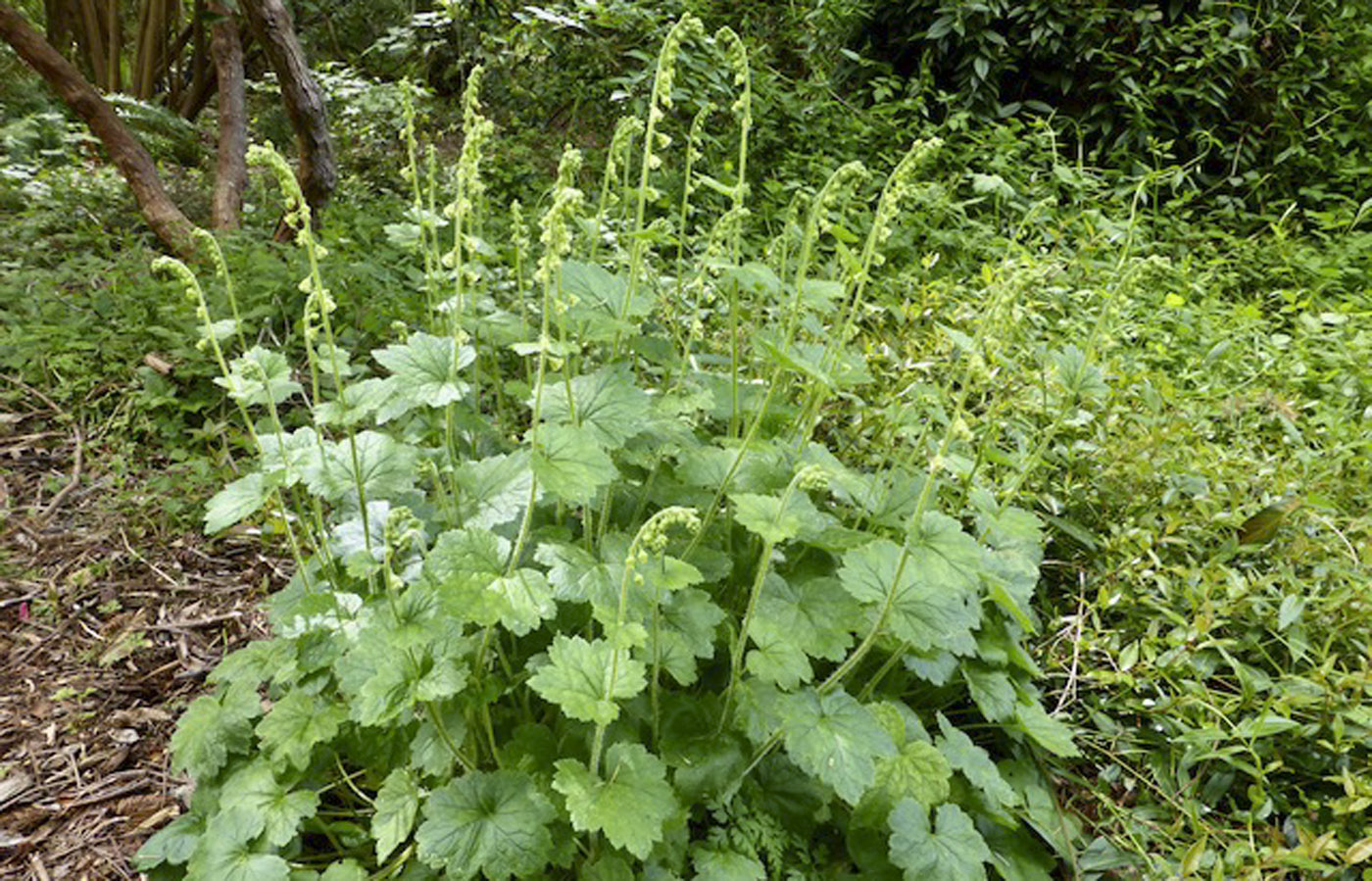

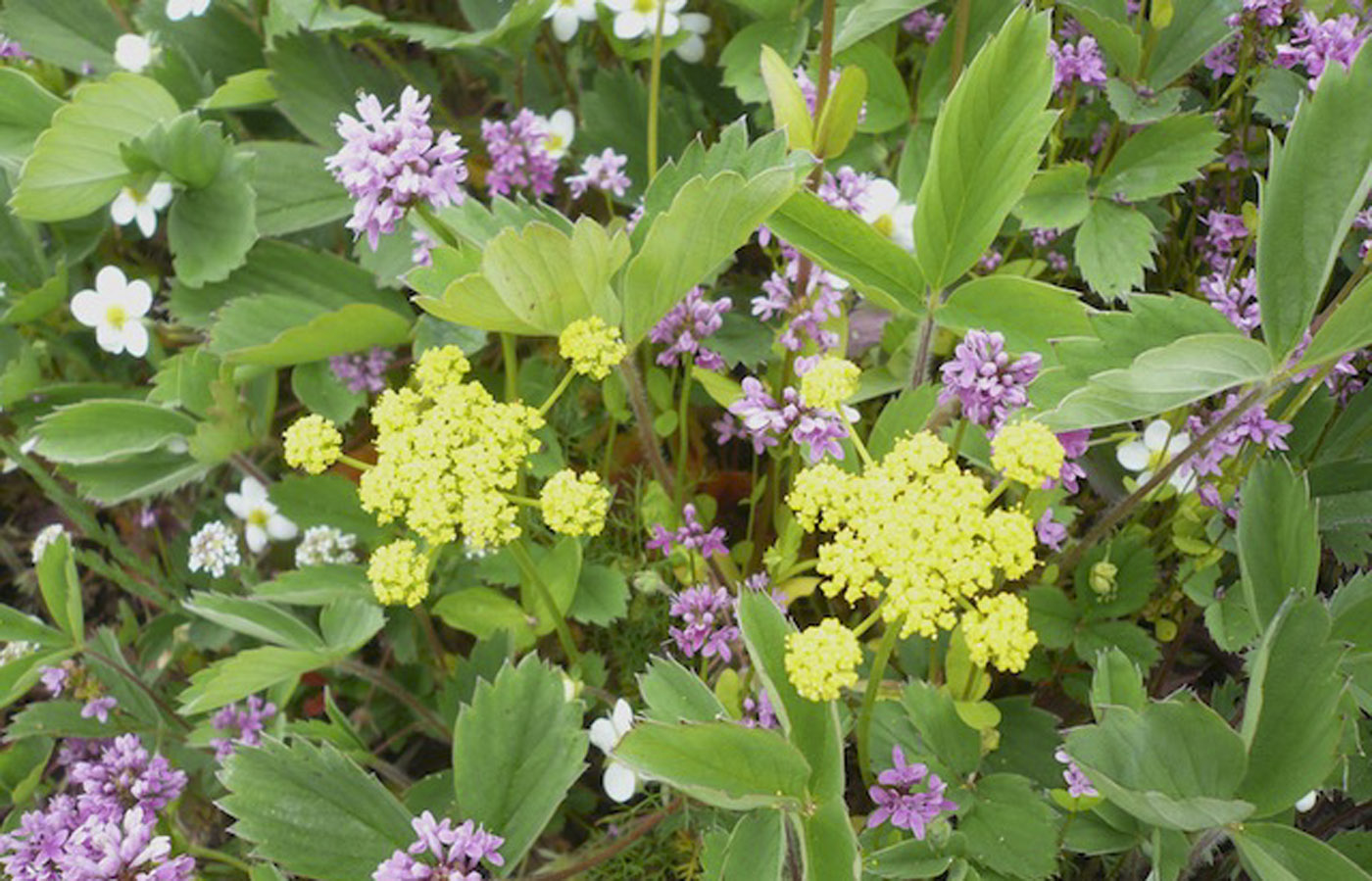











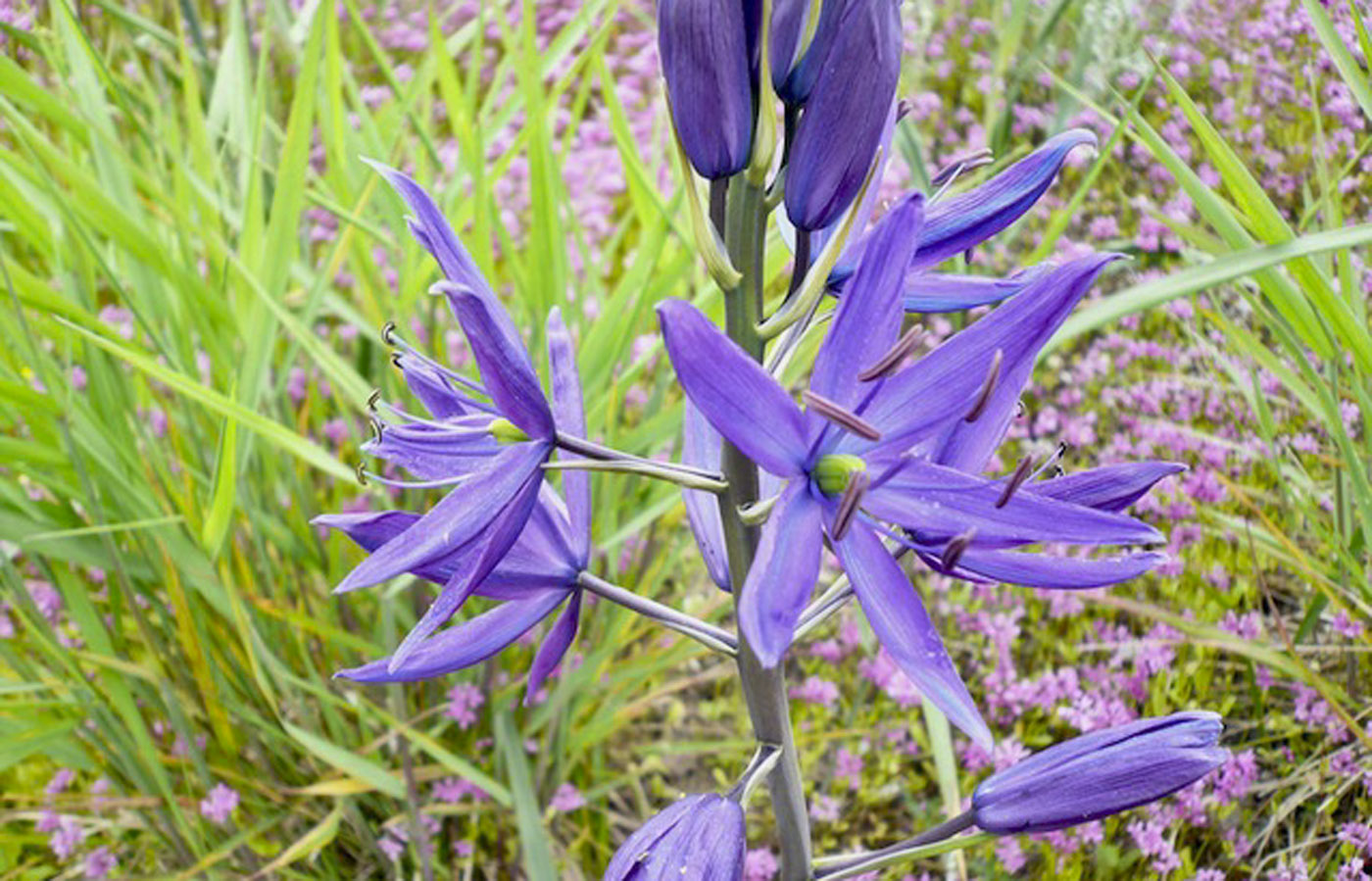




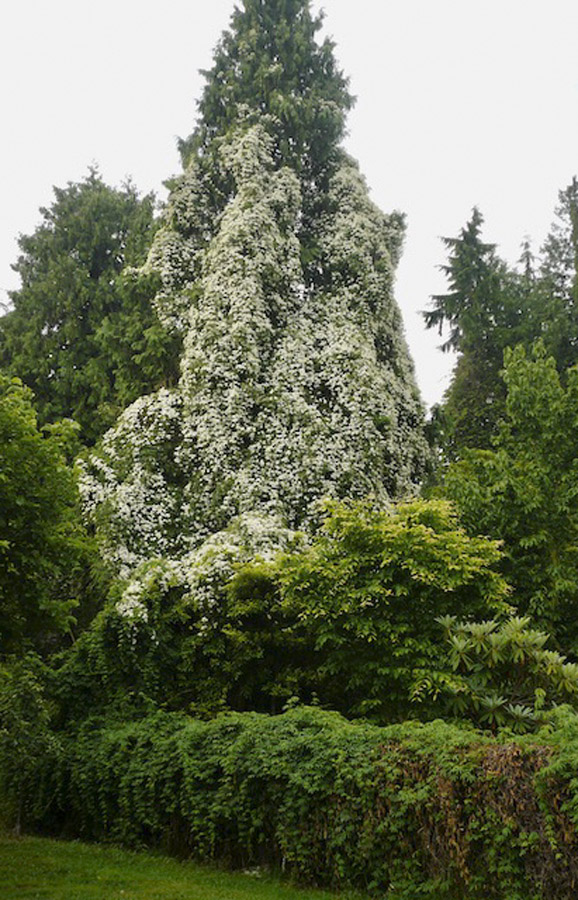
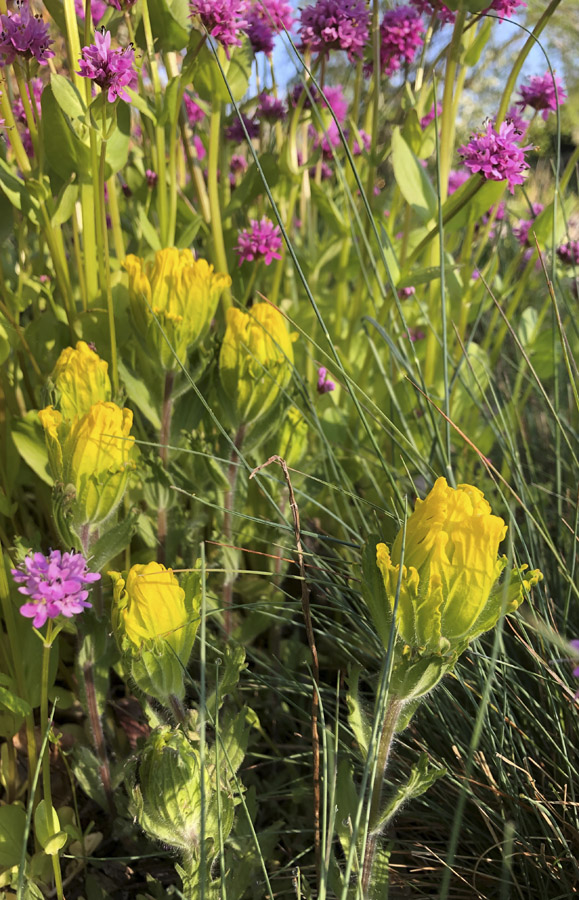


Nature plays with crazy colors
I really enjoyed
Wow, I love this kind of content
The feeling I get from this space and nature is wonderful
These are really amazing